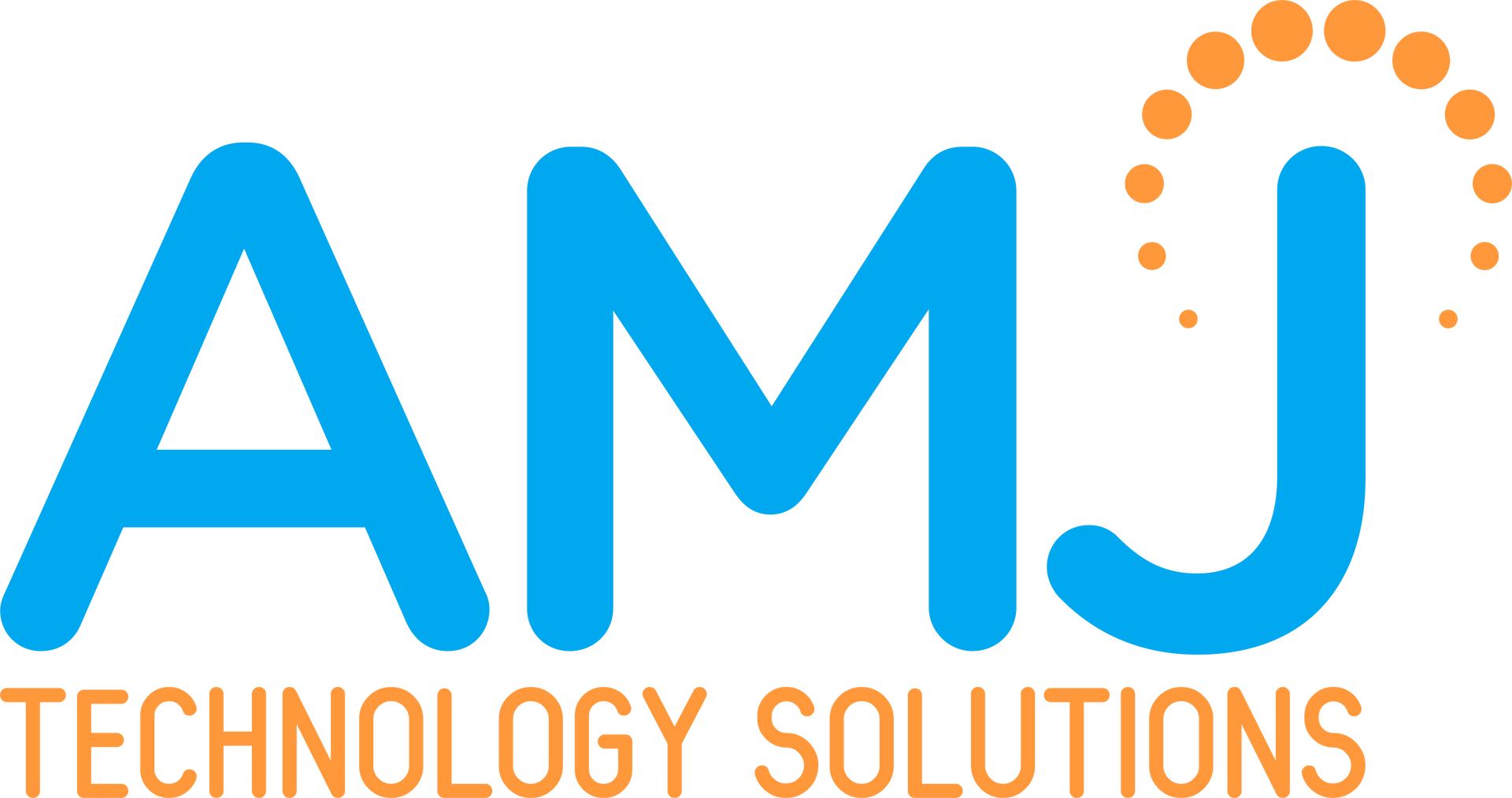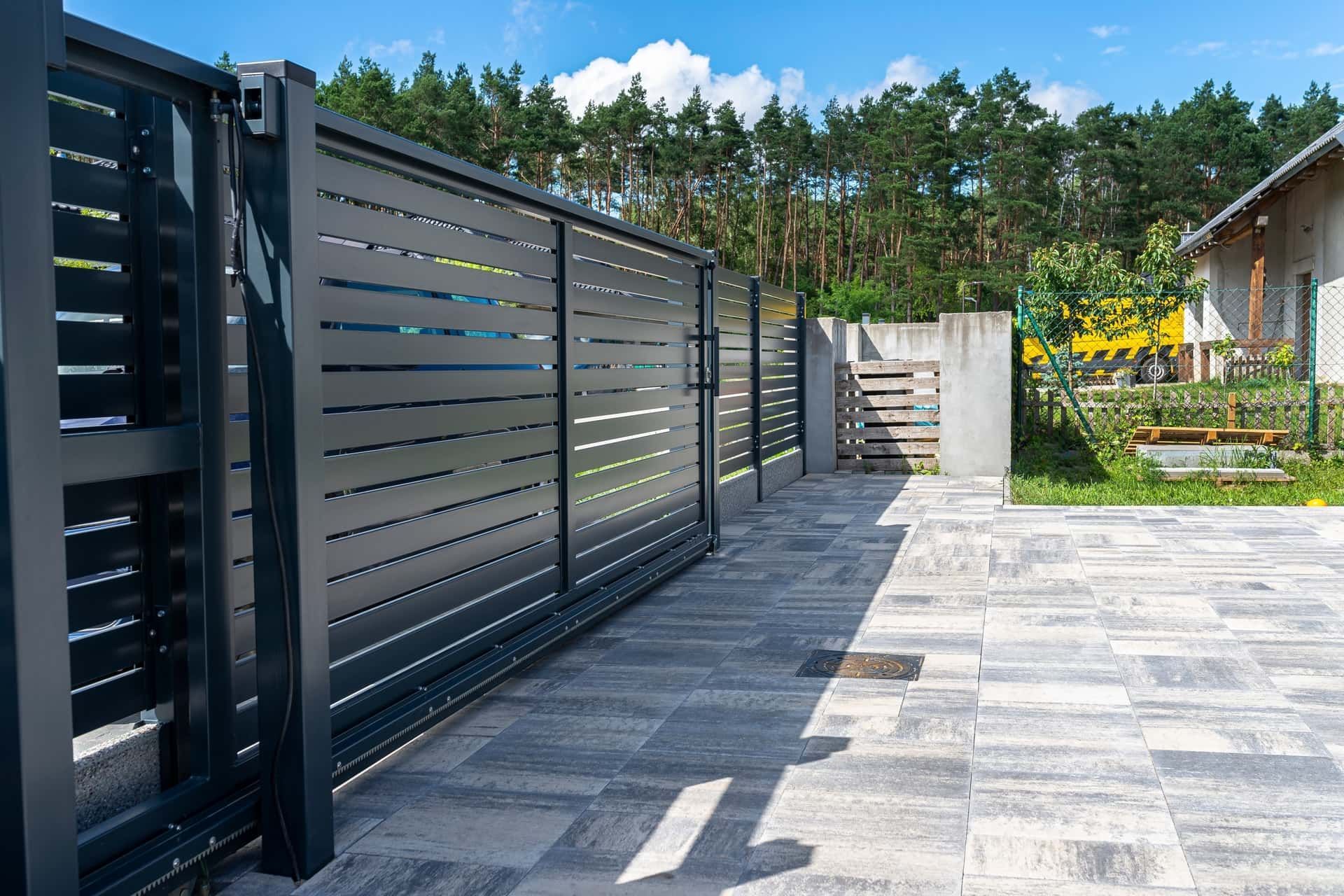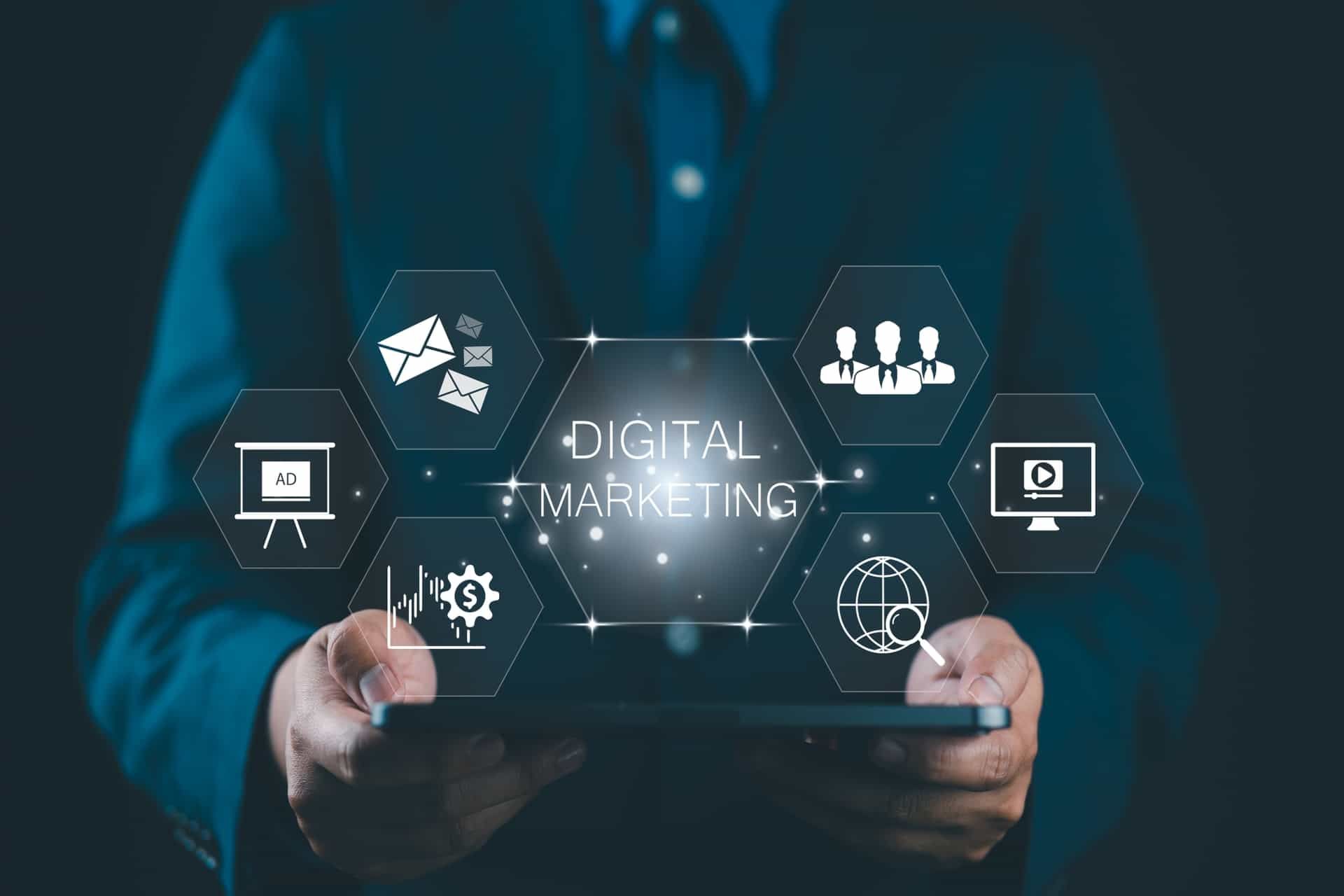Get in touch
Phone: +971-2632-5407
Email: sales@amjtechsolutions.com
Address: Tamouh Tower - Building 12, Floor 31, Office 3102 - Al Reem Island - Tamouh - Abu Dhabi - United Arab Emirates
What Is The SaaS Software Development Life Cycle?
The Software as a Service (SaaS) model has completely changed the way we use software. For instance, the days of installing software on our devices are practically over because with SaaS, it all happens in the cloud.
Since this software model is becoming more widespread, many companies are looking at developing their own solutions and raking in the big bucks. However, SaaS development has its own set of challenges and a completely new development methodology.
So before you start planning, you should first understand the basics of SaaS software development life cycle.
What is SaaS software?
SaaS is a method of delivering applications online. These apps don’t require installation and are maintained by the provider. Generally speaking, SaaS software is provided on a usage basis.
The key benefits of this software model are that it significantly reduces costs and allows the customers to predict the total cost of ownership with accuracy. SaaS applications are easier to deploy and scale, and are usually faster than on-premise systems.
Still, one of the biggest benefits is that SaaS software helps companies take advantage of modern technologies such as AI and the Internet of Things.
Main stages of SaaS software development life cycle
If you’re familiar with the development of traditional software, your experience will only get you so far. The development of SaaS products in the context of its overall life cycle is drastically different.
The SaaS software development life cycle consists of the following stages:
1. Performance
The performance or the forecasting phase is pretty much the same as with traditional software, as it’s necessary to assess the overall scale of the project on the business end of things.
Developers must think carefully about all possibilities to sidestep any future obstacles. Thus, they need to discuss all facets of the development with all the parties involved, from investors and marketers to managers.
2. Grade
During this stage of the SaaS software development life cycle, the functionality and the underlying architecture of the cloud platform and its relation to the project are evaluated. The platform you choose must be able to support your application and intended features. More importantly, it needs to be robust enough to provide disaster recovery and scalability.
3. Planning
This phase has everything to do with making important decisions about the project and its implementation. It’s necessary to clarify all the requirements of every team involved in the project.
The planning stage also involves realizing the project roadmap and establishing a mitigation strategy.
4. Subscription
Next, you must subscribe to a cloud provider and clear up details on the pricing and the architecture. This is easier said than done as you’ll have to work out each aspect of the subscription management strategy.
5. Development
The longest stage in the SaaS software development life cycle is the development itself. As such, it’s broken down into smaller stages:
- Building the development team
You can’t develop anything without a team of experts, right? Hence, you must first set up a SaaS team. Ideally, you need a product manager, frontend developer, backend developer, QA engineer, UI/UX designer, business analyst, and project manager.
You can build an in-house team or hire a third-party agency that will connect you with remote developers. You can also save time and money by outsourcing the entire operation to experts.
- Building the minimum viable product
The minimum viable product (MVP) is the first working version of your product. It helps assess the software, test it out on users, get feedback, as well as analyze the monetization strategy.
- Testing the prototype
As soon as the MVP is operational, you must launch it for beta testers and early adopters. This helps you collect valuable feedback you can leverage to refine your product and improve its functionality.
- Iteration and launch
With user feedback in hand, you can take the steps to improve the product. The options here are limitless. You can enhance the overall customer experience, add new features, integrate new APIs, and anything else that helps deliver a more polished product.
6. Operations
Upon launching the product, the last SaaS software development life cycle stage begins - operations. It includes continuously monitoring and optimizing the software, ensuring it’s fully updated and maintained.
You can also scale the software by adding new features and enhancing it through further API integrations.
What are different SaaS development methodologies?
There are many methodologies for developing SaaS software. Here are some of the most popular ones:
- Waterfall - this model is consistent, meaning that the design team can’t move to the next stage of development until the previous step has been completed.
- Agile - a contrast to the waterfall model, agile is a practice that includes continuous repetition and testing during development. In other words, the testing and development are conducted simultaneously.
- Scrum - this methodology is the agile model with an additional layer that includes sprint latency, retrospectives, and scheduling.
- Iterative - methodology of small-scale development that is later refined through scalable iterations.
- Rapid application development - as the name suggests, the team rapidly assembles a prototype from templates, then later conducts testing and introduces iterations.
- Spiral - a loose methodology where each cycle influences the next to find the best approach.
There is no perfect methodology and the most efficient approach will depend on the project itself.
Achieve your development goals with AMJ Technology Solutions
The SaaS software development life cycle is riddled with challenges, yet, the results make it worthwhile. Developing your own app is a big deal, and if successful, it can position your company as a leader in its respective field.
The problem is that you may not have the resources to support the entire process on your own.
Enter
AMJ Technology Solutions.
As one of the development service providers, we can take care of all your SaaS development needs and make your dreams come true. Our experts will closely evaluate your needs, goals, and target audience - using all this data to build an effective SaaS application on your behalf that closely matches your vision.
Furthermore, we don’t get out of Dodge when the initial development is done. We’ll continue to maintain and support your SaaS so you can deliver top-notch experience to your customers, and make sure that new updates are in line with the direction you want to take in the future.
Spring your vision to life and reach us via our
contact form.
Disclaimer: The information on this website and blog is for general informational purposes only and is not professional advice. We make no guarantees of accuracy or completeness. We disclaim all liability for errors, omissions, or reliance on this content. Always consult a qualified professional for specific guidance.
Search
Recent Posts
Contact Us
We will get back to you as soon as possible.
Please try again later.
Questions? Contact Us Now!
Message Us
We will get back to you as soon as possible.
Please try again later.
Our Services
Get In Touch
Email: sales@amjtechsolutions.com
Phone: +971-2-632-5407
Address: Al Falah Tower, Building 503, Floor 6, Office 601, Sultan Bin Zayed The First St., Al Danah, Abu Dhabi, United Arab Emirates
All Rights Reserved. AMJ Technology Solutions.





